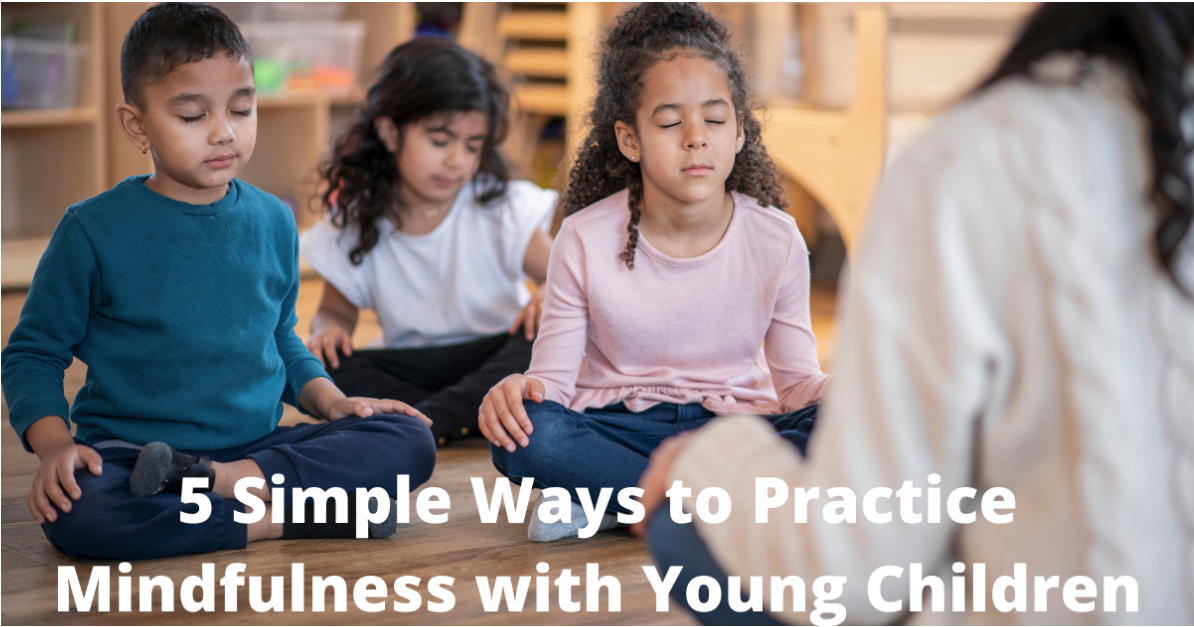Mindfulness with Young Children
Even before the COVID-19 pandemic kids were experiencing high amounts of stress due to pressure from school, extracurricular activities, and personal relationships with friends or family. It’s important that parents help their children develop ways to manage this stress at an early age so that as they grow and experience bigger worries they will have a plan for how to handle it — one way is to teach your children about mindfulness.
It’s important to have a definition for mindfulness that younger children can understand. I like to describe mindfulness as the practice of being aware of what is happening in the present moment. The best results happen when parents develop their own mindfulness practice and when parents practice mindfulness with their child.
Below are five simple ideas to get you and your child to get started.
Blowing Bubbles: This is a great option for teaching young kids about mindfulness. First teach your kids to take in a slow, deep breath and then exhale to fill the bubble. As their bubble begins to form, encourage them to observe the bubbles as they form, detach, pop, or float away.
Taste Tests: This is another fun way to teach kids about mindfulness. First prepare samples of different food such as a slice of orange, small piece of candy, small amount of macaroni and cheese, etc. Do not let your child see what you have prepared! Next ask your child to sit at the table and place a blindfold over their eyes. Hand them the first sample. Ask them to describe how it feels and smells. Next, have them taste the sample and then describe what they tasted. Move on to the next sample.
My Heartbeat: This activity allows your kids to focus on their body’s sensations. First, ask your child to run in place, jump up and down, or do jumping jacks for 30-60 seconds. Next, have them stop and place their hand over their heart. Now have them notice their heartbeat and breathing. Is it fast? Slow? Steady?
Shapes in The Sky: This activity always gets a positive response from the kids. First, find a safe place outside where you and your child can lie down facing the sky. Looking up at the sky, find different shapes in the clouds and share them with one another.
My Emotions: This activity requires paper and coloured pencils, pens, crayons, or paint. Find a comfortable place where your child can create comfortably with the art materials. Next, describe a basic emotion (happy, sad, worried, excited, scared, etc.) and then encourage your kids to draw that emotion. Encourage them to use color, lines, and shapes that they associate with that feeling.
I hope that you try some of these with your younger kids and share how it goes! – Lisa Torres, LMFT

